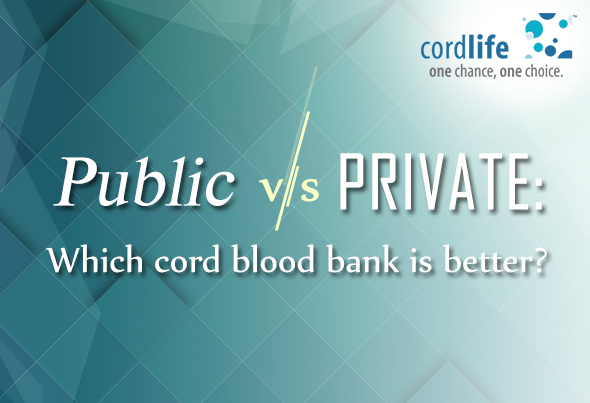Table of Contents
Does India offer parents the chance to donate their cord blood to public banks? What are the advantages of private cord blood banking? We examine the issue on private cord blood banking v/s public.
The focus of any new parent is on providing the best in care and comfort to their baby. It is the parents’ responsibility to make their child’s future as secure as possible – and the first step begins with preserving their child’s umbilical cord blood. If the child develops any conditions, his or her parents can rest assured that they have banked the cord blood for use in fighting the ailment.
However, there are also parents who donate their cord blood for use by other children than their own. This practice is known as ‘public cord blood banking’, and it is not very prevalent in India since the country does not have many public repositories for storing donated cord blood[1]. Slowly, private blood banks in India are offering the option of storing donated cord blood as well.
Why Opt For Private Cord Blood Banking?
Public cord blood banks are collecting & storing the cord blood derived stem cells only. They do not process & store cord tissue stem cells. The main objective of storing the cord blood stem cells are because they have to sell it at exorbitant price. They have a minimum standard of stem cells they have to store otherwise the same would not be sold. Practically, a large portion of cord blood collected is discarded before processing. But the ambiguity is that conditions like Autism, Cerebral Palsy does not need very high quantity of stem cell count. Another option is double unit transplant. So if the baby or baby’s family members need them same, they will be deprived of their stem cells, if the same is not at all processed.
There is one key factor at the centre of the decision between choosing public or private cord blood banking: the child. “When parents opt for public donation, there is no way to ensure that the stem cells will be available for their own child in the future,” says gynaecologist Dr Bharti Gujrati. “Also, the process of finding matching stem cells for transplant becomes very cumbersome when one goes via the public banking route.”
She explains that the only way to ensure that you have access to your child’s cord blood in the future is by opting for a private cord blood bank. “Whether you need your child’s cord blood for your child or his sibling in the future, it is always better to preserve it in a private blood bank. Nobody else can use it without permission, and parents can rest assured that they have a backup option ready to use in case their child is suffering from some serious disease. Also, if the parents feel they don’t want to preserve the cord blood any longer, they can opt to put it in a public repository,” Dr Gujrati says.
The Challenges in Public Cord Blood Banking
In the Indian context, the biggest challenge for public cord blood banking is finding and keeping enough blood units to match the country’s huge ethnic diversity and population. Thus, when the time comes, it may become extremely difficult to find a donor match for oneself or one’s child – as was seen in the high profile case of Dr. Nalini Ambady, the Indian American professor who died after a fruitless search for matching bone marrow in India and abroad.
Every Sample Is Not Viable
The problem is further compounded by the quality of the collected samples – many samples may have to be discarded if they do not contain enough viable stem cells. “When advising parents about stem cell banking, many doctors do not mention that each and every sample may not be useful,” says Dr Pravin Gadre, paediatrician. “Parents should not think that storing the cord blood automatically creates a ‘cure’ for their child or his siblings, or even for themselves. Not only can the sample lack enough stem cells, the quality of the blood may also be in question. Sometimes, the cells are not a match even for siblings. All of this information must be imparted to parents who are considering banking their child’s cord blood,” he adds.
